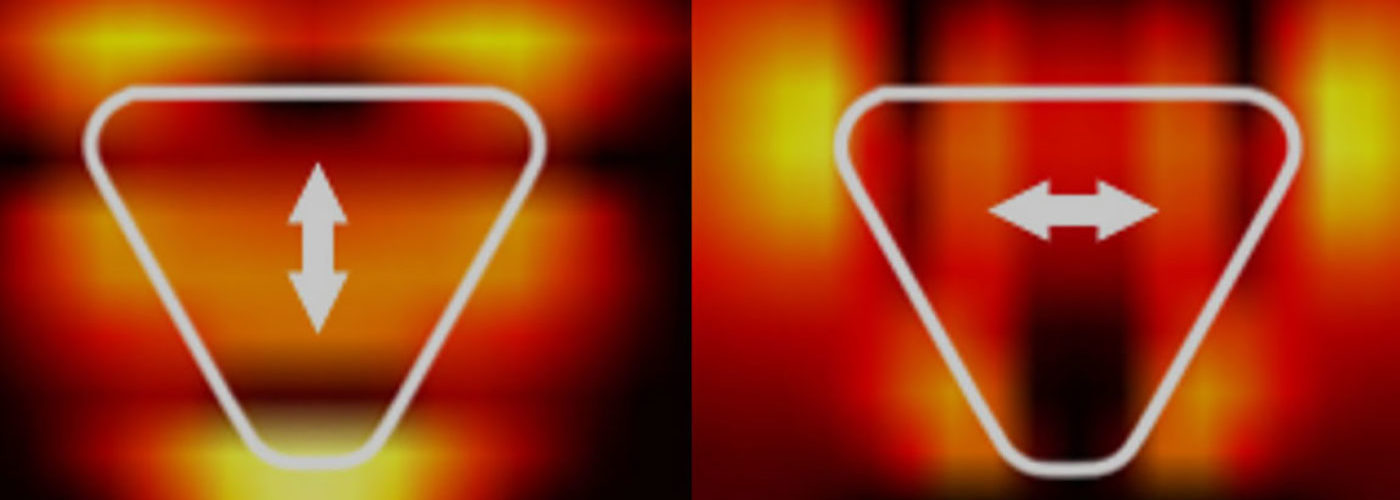Theme III: Nanophotonics
Faculty
Ming Wu (theme leader), Berkeley
Constance Chang-Hasnain, Berkeley
Eugene Fitzgerald, MIT
Ali Javey, Berkeley
Jeehwan Kim, MIT
Vladimir Stojanović, Berkeley
Eli Yablonovitch, Berkeley
The goal of the nanophotonics team was to enable on-chip optical communications at unprecedented efficiency levels. To meet this goal, the E3S researchers developed strategies to improve energy efficiency and sensitivity of both the photo-emitter and photo-receiver. Central to the research goals was the demonstration that spontaneous emission from antenna enhanced nano-LEDs can be faster and more energy efficient than the stimulated emission of lasers, the ubiquitous light source in optical communications today.
Challenges
Reaching the quantum limit in terms of photons-per-bit in an optical communications data-link imposes tremendous challenges on choice of materials, nanofabrication of optical components, and their on-chip integration. Ultra-efficient light sources and ultra-sensitive detectors need to be developed and miniaturized to be comparable to the size of transistors. Efficient integration of all optical components with waveguides is also part of the challenges of nanophotonics research. Furthermore, a collaborative effort between E3S system integration and nanophotonics researchers revealed that a highly sensitive photo-receiver with a low capacitance is the key to reducing the energy consumption of the complete optical link.
Major Accomplishments
E3S nanophotonics researchers have demonstrated that the antenna-LED is the missing link of optoelectronic sources for on-chip optical communication. The antenna-LED operates at low power, but at a speed comparable or faster than lasers, and allows for full on-chip integrated with other optical components.
- Demonstration of the first electrically pumped antenna-LED with a 200-fold enhancement of spontaneous emission rate, competitive with stimulated emission.
- Development of an InP bipolar phototransistor (photo-BJT) with record 9.5 A/W responsivity and a 3-dB frequency of 7 GHz.
- Record enhancement of spontaneous emission rate (>300-fold) in ptically pumped antenna LED with 2D transition metal dichalcogenides as active layer.
- In-depth evaluation and optimization of the impact of photo-devices (e.g., antenna-LED and phototransistor/resonant detector) on optimized optical link efficiencies.
- Successful high-efficiency coupling (>85 percent) of light emitted from a III-V antenna LED into a single mode InP waveguide using a parabolic reflector.
- Low-power, bright light emitting diodes were developed based on alternating current (AC) to excite monolayer semiconductor electroluminescent devices.
- Demonstration of growing a complete LED structure on InP, followed by exfoliation and transfer onto silicon using the two-dimensional materials layer transfer (2DLT) method.
